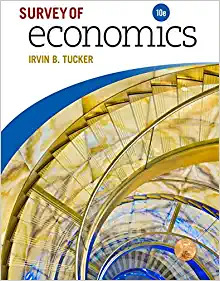Question
Discuss the salient qualitative features of each company and the differences in the pharmaceutical and newspaper industries. Try to follow the Dupont System when discussing/comparing


Discuss the salient qualitative features of each company and the differences in the pharmaceutical and newspaper industries. Try to follow the Dupont System when discussing/comparing ratios - start with ROE=NPM*Asset Turnover*Equity Multiplier and then investigate one/several ratios from three components of returns (usually margin first, then efficiency, and leverage at last). Most importantly, you should clearly identify which company follow what strategy in each industry after analyzing ratios (using one or several key ratios that may differ because of difference in strategies).
Newspapers
Companies I and J are newspaper companies. One company owns and operates two newspapers in the southwestern United States. Due to the transition of customer preference from print to digital, the company
has begun offering marketing and digital-advertising services and acquiring firms in more profitable industries. The company has introduced cost controls to address cost-structure issues such as personnel expenses.
Founded in 1851, the other company is renowned for its highly circulated newspaper offered both in print and online formats. This paper is sold and distributed domestically as well as around the world. Because the company is focused largely on one product, it has strong central controls that have allowed it to remain profitable despite the fierce competition for subscribers and advertising revenues.
Pharmaceuticals
Companies K and L manufacture and market pharmaceuticals. One firm is a diversified company that sells both human pharmaceuticals as well as health products for animals. This company's strategy is to stay ahead of the competition by investing in the discovery and development of new and innovative drugs.
The other company focuses on generic pharmaceuticals and medical devices. Most of this company's growth has been inorganic?the growth strategy has been to engage in highly leveraged acquisitions, and it has participated in more than 100 during the past eight years. The goal of acquiring new businesses is to enhance the value of the proven drugs in the company's portfolio rather than gamble on discoveries of new drugs for the future.


Step by Step Solution
There are 3 Steps involved in it
Step: 1

Get Instant Access to Expert-Tailored Solutions
See step-by-step solutions with expert insights and AI powered tools for academic success
Step: 2

Step: 3

Ace Your Homework with AI
Get the answers you need in no time with our AI-driven, step-by-step assistance
Get Started


